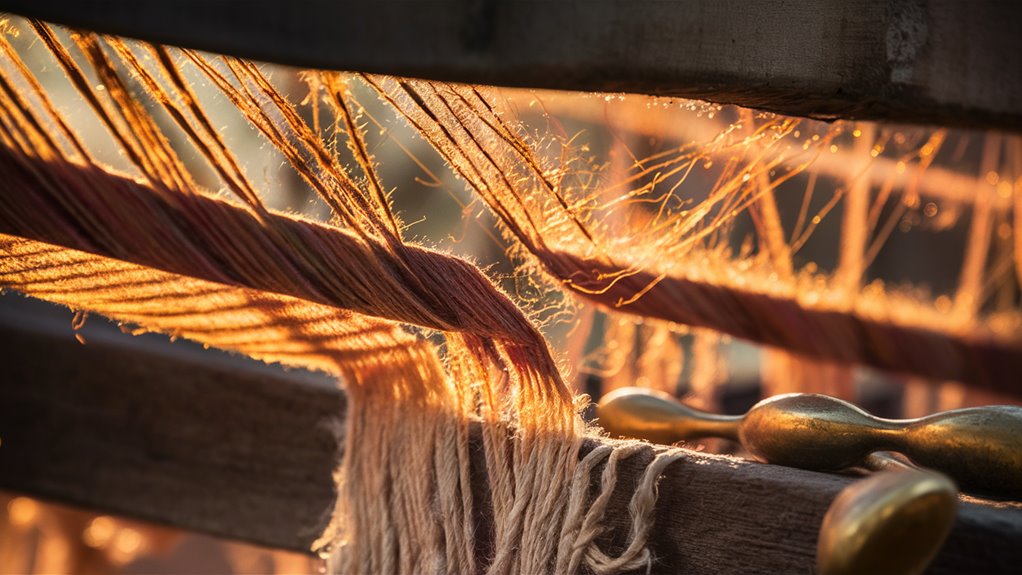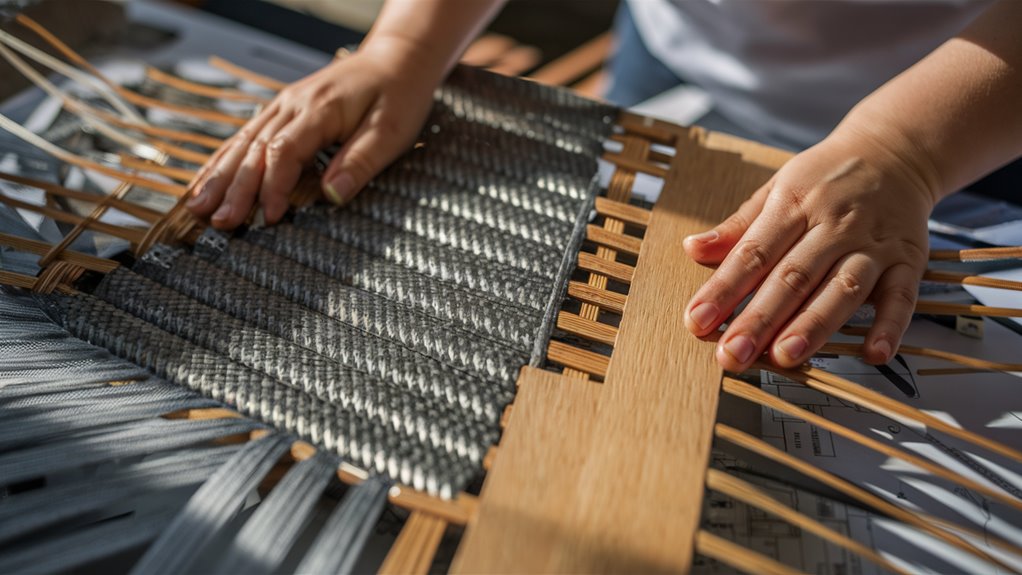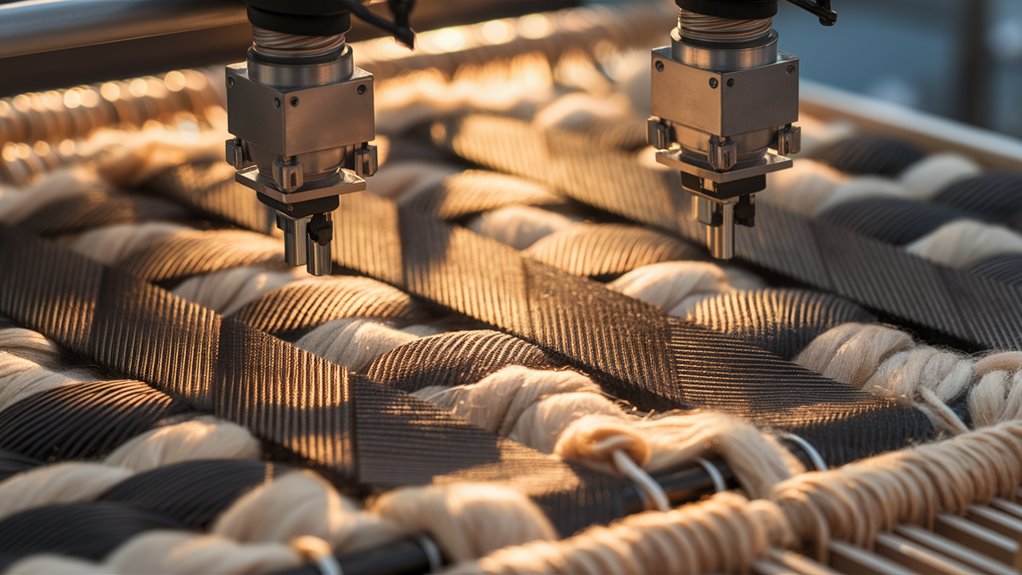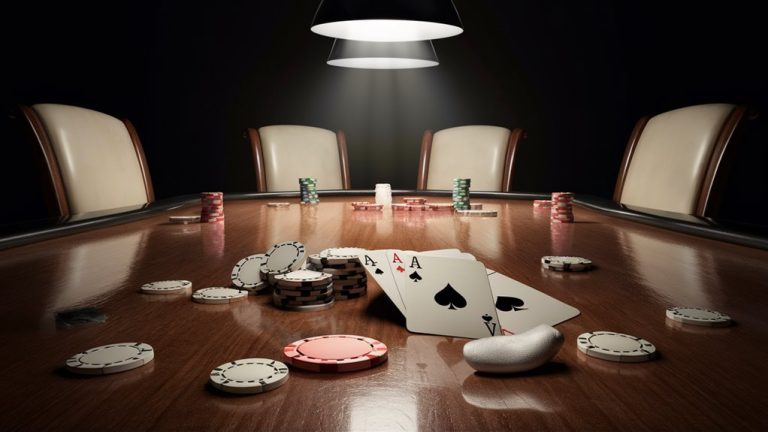
New Table Design like Never Before

Old Weaves Meet New Tech
The mix of old ways to make cloth and new table styles has changed how we make tables. Arch shapes and lines joined at set 30-60 degree angles make stronger forms, using 30% less stuff.
Smarter Factory Work
Smart cuts and robot-made parts now work well with classic craft finishes. Using fungus mixes and wood-plastic blends brings in Earth-friendly picks that hold up well and cut down harm to our world. 온카스터디 인증리스트 추천
Cheaper, Better Builds
With smart design tools and learning computers, making costs dropped by 40%, making top-notch table-making more open to all. This techie leap keeps up high quality while making top-tier furniture making more pocket-friendly.
Green Design’s Big Step
Mixing old weave skills with digital smarts marks a huge step in how furniture keeps up. These Earth-loving build ways use the latest tech while keeping true to classic craft, setting new bars for modern furniture work and how well it’s made.
The Craft of Free Weave
Getting Free Weave Basics
Free weaving changes old weaving by letting us shape structure patterns in big new ways. This top skill flips old thread ways, making big shape networks vital for custom table designs.
Putting Key Spots Just Right
We start with main hold spots set at exact 45-degree parts around the loom. This makes an all-linked grid where sharing the pull is key. Best thread cross angles from 30 to 60 degrees make the strongest parts to hold weight.
Math in Weave Patterns
Top free weaving uses a math pattern where thread numbers grow in set steps. This way makes strong hold spots while still looking good. Using both S-twist and Z-twist threads one after the other stops twists in the shape. Right space between threads keeps a 3mm gap for main support lines, with a 1.5mm give in other patterns.
Chosen Thread Details
- Main thread spacing: 3mm
- Extra give: 1.5mm
- Angle crossings: 30-60 degrees
- Hold spot parts: 45 degrees
- Thread types: S-twist and Z-twist one after the other
Breaking Old Build Limits

Redefining Build by Free Weaving
Old build ways long held back new design shape ideas. With new weaving skills, modern makers can open up fresh ways to think about build style and how strong it is. These big new moves flip how we’ve made tables by tying in arch shapes and woven forms.
Weaving Skills and New Builds
The mix of free weaving and form strength opens new roads for design growth. Non-straight thread paths set at well-thought-out angles—mainly 15 to 45 degrees—make a strong frame that beats old right-angle builds in both looks and might. These key cross spots form a self-helping system that makes the whole build stronger.
Smart Weight Share and Less Stuff Used
New weight share through tight weaving shows a new turning point in build know-how. The mix of tight threads and arch parts gets rid of the need for up-down holds, letting us cut 30% of material used while keeping strong build form. This breakthrough shows how pushing old build ways leads to better build smarts and design newness.
From Idea to Real: Making New Table Types
Design Steps
Turning fresh ideas into real table shapes needs a step-by-step way that mixes art and exact building. We start by turning cool thoughts into to-scale blueprints, showing how arch forms and woven parts talk in a Understanding the Mathematics Behind Gambling Games unique design talk. Each idea goes through deep form checks to make sure they stand up well and look great.
Picking and Getting Ready Materials
The shop step has us picking top stuff based on how hard and bendy it needs to be. A good steam-bend way for hard woods hits just the right angles, making big smooth bends while…




